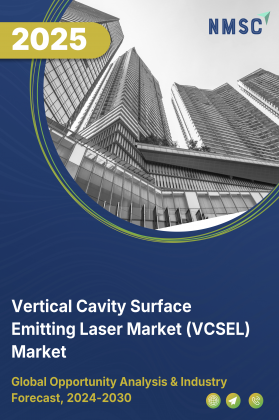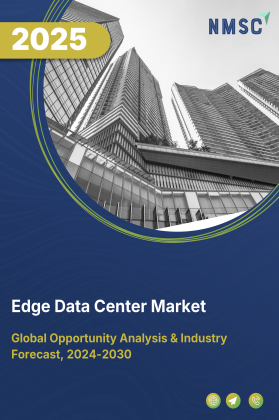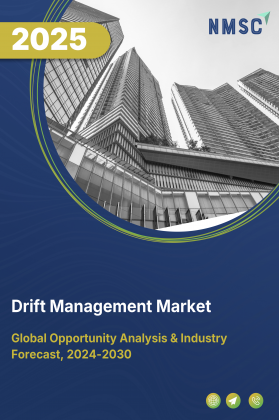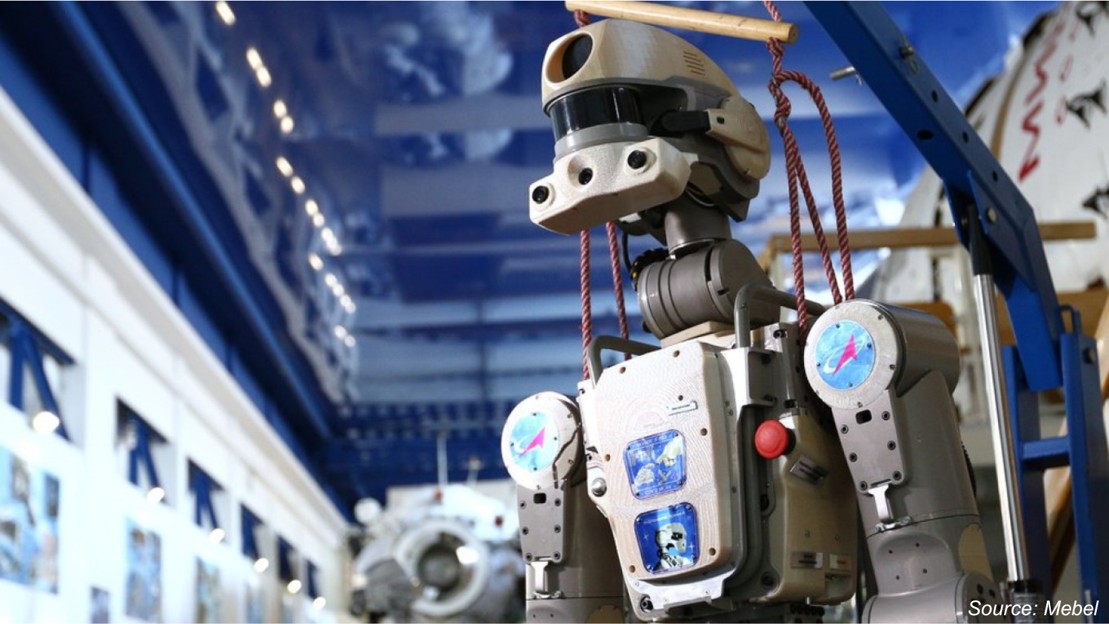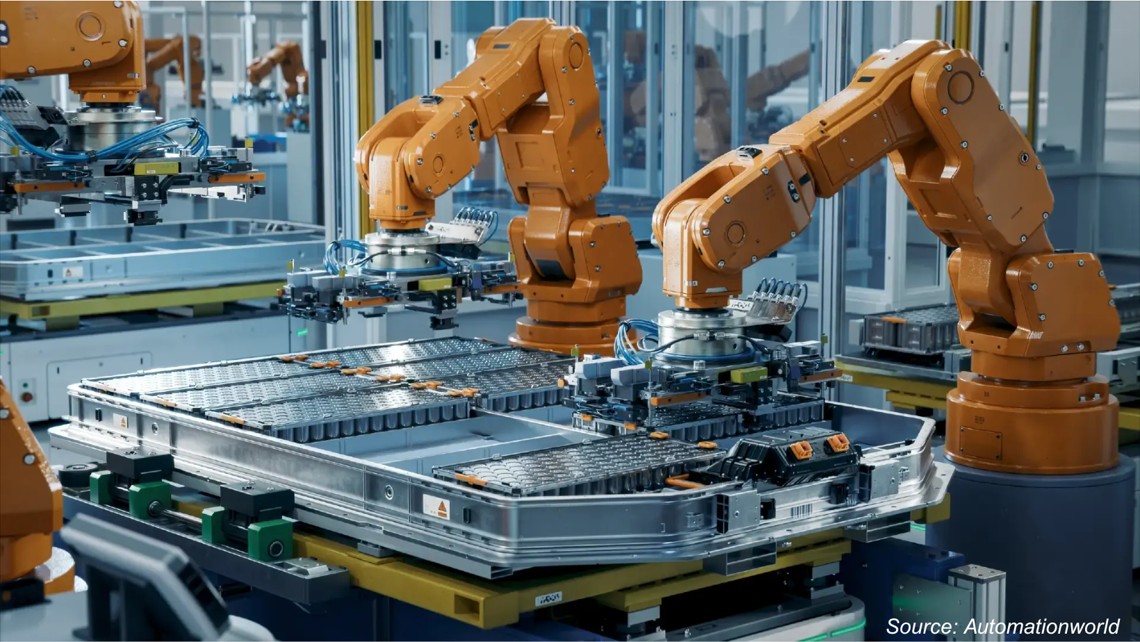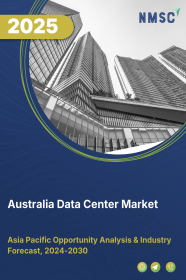
Australia Data Center Market by Infrastructure (Hardware, Software, and Services), by Type (Enterprise Data Centers, and others), by Data Center Rating (Tier I, and others), by Size (Small Data Centers, and others), by Power Capacity (<0.01 GW, 0.01-0.05 GW, 0.05-0.1 GW, 0.1-0.5 GW, and >0.5 GW), by Server Rack Density (<10kW, and others), by Data Center Redundancy (N+1, and others), by PUE Outlook (Less than 1.2, and others), and Others - Opportunity Analysis and Industry Forecast, 2024–2030
Industry: ICT & Media | Publish Date: 27-Oct-2025 | No of Pages: 209 | No. of Tables: 165 | No. of Figures: 110 | Format: PDF | Report Code : IC2441
Australia Data Center Market Overview
The Australia Data Center Market size was valued at USD 3.72 billion in 2023, and is predicted to reach USD 9.66 billion by 2030, at a CAGR of 14.6% from 2024 to 2030. The data center market, also known as the network infrastructure market, encompasses the entire lifecycle of specialized infrastructure for hosting computing systems, from initial planning and construction to ongoing operation and maintenance. This market includes a wide range of components such as servers, storage systems, and networking equipment, all of that provide services such as cloud computing and connectivity solutions. Currently, the industry is experiencing widespread adoption of cloud services and the rise of edge computing, that aims to reduce latency.
Key trends shaping the market include a strong focus on sustainability, heightened concerns about cybersecurity, the integration of hybrid and multi-cloud approaches, and the growing impact of 5G networks. These trends highlight the industry's proactive efforts to meet the increasing demand for scalable, efficient, and secure data processing and storage solutions in the era of digital transformation. According to projections by the United States International Trade Commission, the data processing and storage market is expected to grow from USD 56 billion in 2020 to USD 90 billion by 2025.
Surging Hyperscale Investments and AI-Driven Workload Expansion Reshape Infrastructure Demand
The Australia data center market is witnessing record-breaking hyperscale investment from global cloud and AI service providers. Major players such as Amazon Web Services (AWS), Microsoft Azure, Google Cloud, and Oracle are expanding their regional footprints with multi-billion-dollar campus developments in Sydney, Melbourne, and Perth. This expansion is largely fueled by the exponential growth of AI workloads, particularly generative AI, which requires high-density GPU clusters, ultra-low latency networking, and advanced liquid cooling infrastructure.
The rapid adoption of AI across industries—including financial services, healthcare, media, and logistics—is pushing operators to deploy facilities with higher rack power density and intelligent energy management systems. With Australia emerging as a preferred AI training and inference hub in the Asia-Pacific due to its regulatory stability, network reliability, and access to green power, the demand for hyperscale and AI-optimized facilities is set to grow at an accelerated pace.
National Digital Transformation Programs and Renewable Energy Alignment Accelerate Market Growth
Government-led initiatives such as the “Digital Economy Strategy 2030” and “Australian Energy Transition Plan” are directly boosting the country’s data center sector. The Digital Economy Strategy aims to make Australia a top-10 digital economy by 2030, with heavy emphasis on smart infrastructure, cloud adoption in public services, and cybersecurity readiness. Concurrently, the shift toward renewable energy is enabling the development of sustainable data centers, particularly in regions with abundant wind and solar capacity such as South Australia and Western Australia.
Operators are increasingly signing long-term power purchase agreements (PPAs) with renewable energy producers to achieve carbon-neutral operations, aligning with both corporate ESG targets and national climate commitments. This synergy between digital infrastructure growth and clean energy development is creating a highly competitive and future-proof market landscape.
Escalating Power Costs and Grid Capacity Constraints Challenge Large-Scale Deployments
While Australia offers strong growth potential, the market faces significant challenges related to electricity costs and grid capacity limitations in urban hubs such as Sydney and Melbourne. Rising wholesale energy prices—driven by fuel supply volatility and network upgrade expenses—are increasing operational expenditure for data center operators. In addition, grid congestion and limited availability of high-capacity connections in some metropolitan zones are forcing developers to either delay projects or seek alternative regional locations.
These constraints are particularly pressing for hyperscale and AI data centers, which demand stable, high-density power supply. Without accelerated investment in national transmission infrastructure and regional grid reinforcement, Australia risks facing capacity bottlenecks that could slow its position as a regional data hosting leader.
Edge Data Center Growth Driven by 5G Rollout and Remote-Area Digital Inclusion
Australia’s nationwide 5G coverage and its commitment to bridging the digital divide in regional and remote communities are opening new growth avenues for edge data centers. Telecom operators and neutral-host providers are partnering to deploy modular edge facilities near 5G base stations, enabling ultra-low-latency services for autonomous mining, smart agriculture, telehealth, and real-time industrial analytics.
This trend is particularly pronounced in resource-rich states such as Queensland and Western Australia, where industries require localized processing for mission-critical operations. With federal and state governments funding rural connectivity upgrades, edge deployments are set to play a pivotal role in expanding the reach and resilience of Australia’s data infrastructure ecosystem.
Competitive Landscape
The key players operating in the Australia data center industry include Amazon Web Services (AWS), Microsoft Corporation, Oracle Corporation, Equinix Inc., Digital Realty, NEXTDC, Keppel Data Centres, Cisco Systems, Inc., Broadcom Inc., AirTrunk, Hivelocity, Inc., Telstra, Macquarie Data Centres, SAP SE, Zenlayer, Inc., and others.
Australia Data Center Market Key Segments
By Infrastructure
-
Hardware
-
IT Hardware
-
Servers
-
Storage Systems
-
Networking Equipment
-
-
Power Infrastructure Hardware
-
Uninterruptible Power Supplies (UPS)
-
Generators
-
Automatic Transfer Switches
-
Power Distribution Units (PDUs)
-
-
Mechanical Infrastructure Hardware
-
Computer-Room Air Conditioners (CRAC/CRA Units)
-
Chillers
-
Racks
-
Cable Management Systems
-
-
Safety & Security Hardware
-
Fire Suppression Systems
-
Physical Security Systems (CCTV, access controls)
-
-
-
Software
-
DCIM & Monitoring
-
Automation & Orchestration
-
Backup & Disaster Recovery
-
Security Software
-
Virtualization Software
-
Analytics & Reporting Software
-
Other Software
-
-
Services
-
Planning & Professional Services
-
Site & Building Design
-
System/Infrastructure Engineering
-
Professional Advisory (compliance, energy audits)
-
-
Integration & Deployment Services
-
Electrical & Mechanical Installation
-
Commissioning & Acceptance Testing
-
-
Operation & Support Services
-
Preventive & Corrective Maintenance
-
Facilities Management / Remote Monitoring
-
Support Services (helpdesk, onsite SLA support)
-
-
Hosting & Managed Services
-
Colocation & Cloud Hosting Services
-
Virtual/Private Hosting Platforms
-
-
By Type
-
Enterprise Data Centers
-
Colocation Data Centers
-
Cloud Data Centers
-
Hyperscale Data Centers
-
Edge Data Centers
-
Micro Data Centers
-
Others
By Data Center Rating
-
Tier I
-
Tier II
-
Tier III
-
Tier IV
By Size
-
Small Data Centers
-
Med-sized Data Centers
-
Large Data Centers
By Power Capacity
-
<0.01 GW (Small)
-
0.01-0.05 GW (Medium)
-
0.05-0.1 GW (Large)
-
0.1-0.5 GW (Hyperscale)
-
>0.5 GW (Mega-campus)
By Server Rack Density
-
<10kW
-
10-19kW
-
20-29kW
-
30-39kW
-
40-49kW
-
>50kW
By Data Center Redundancy
-
N (No Redundancy)
-
N+1 (Single-fault tolerant)
-
N+2 (Dual-fault tolerant)
-
2N (Full duplication)
-
2N+1 (Concurrently maintainable + extra spare)
-
3N/2N+2 (Multi-backup fault tolerant)
By PUE Outlook
-
Less than 1.2
-
1.2 - 1.5
-
1.5 - 2.0
-
Greater than 2.0
By Design Outlook
-
Traditional
-
Containerized
-
Modular
By End User
-
Cloud Service Provider
-
Technology Provider
-
Telecom
-
Healthcare
-
BFSI
-
Retail & E-commerce
-
Entertainment & Media
-
Government
-
Energy
-
Others
Key Players
-
Amazon Web Services (AWS)
-
Microsoft Corporation
-
Oracle Corporation
-
Equinix Inc.
-
Digital Realty
-
NEXTDC
-
Keppel Data Centres
-
Cisco Systems, Inc.
-
Broadcom Inc.
-
AirTrunk
-
Hivelocity, Inc.
-
Telstra
-
Macquarie Data Centres
-
SAP SE
-
Zenlayer, Inc.
Report Scope and Segmentation
|
Parameters |
Details |
|
Market Size in 2023 |
USD 3.72 Billion |
|
Revenue Forecast in 2030 |
USD 9.66 Billion |
|
Growth Rate |
CAGR of 14.6% from 2024 to 2030 |
|
Analysis Period |
2023–2030 |
|
Base Year Considered |
2023 |
|
Forecast Period |
2024–2030 |
|
Market Size Estimation |
Billion (USD) |
|
Growth Factors |
|
|
Companies Profiled |
15 |
|
Market Share |
Available for 10 companies |
|
Customization Scope |
Free customization (equivalent up to 80 working hours of analysts) after purchase. Addition or alteration to country, regional, and segment scope. |
|
Pricing and Purchase Options |
Avail customized purchase options to meet your exact research needs. |

















 Speak to Our Analyst
Speak to Our Analyst



